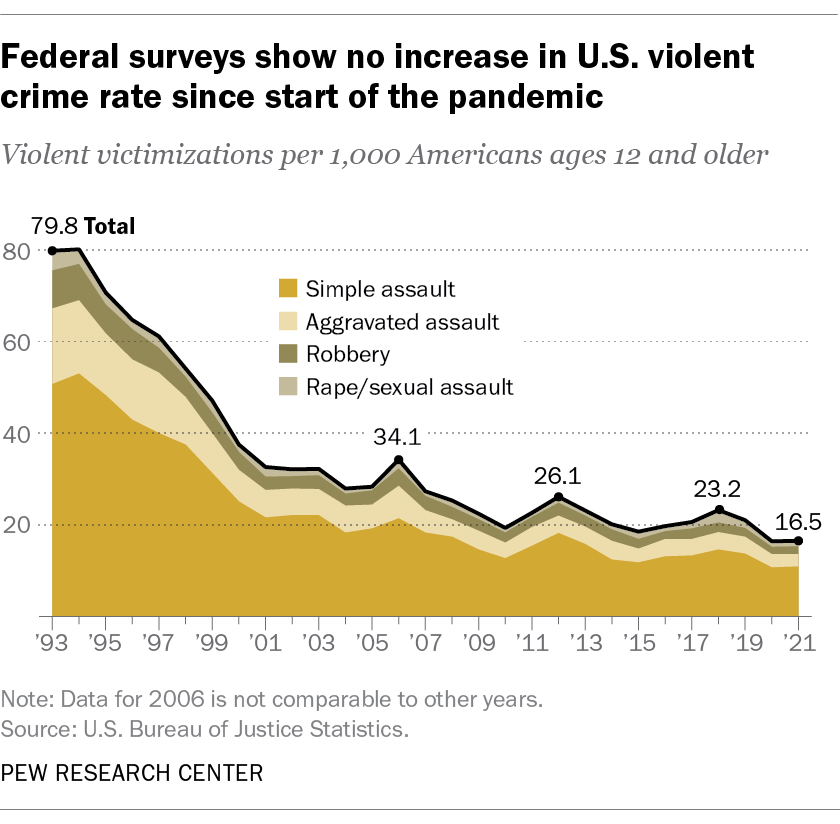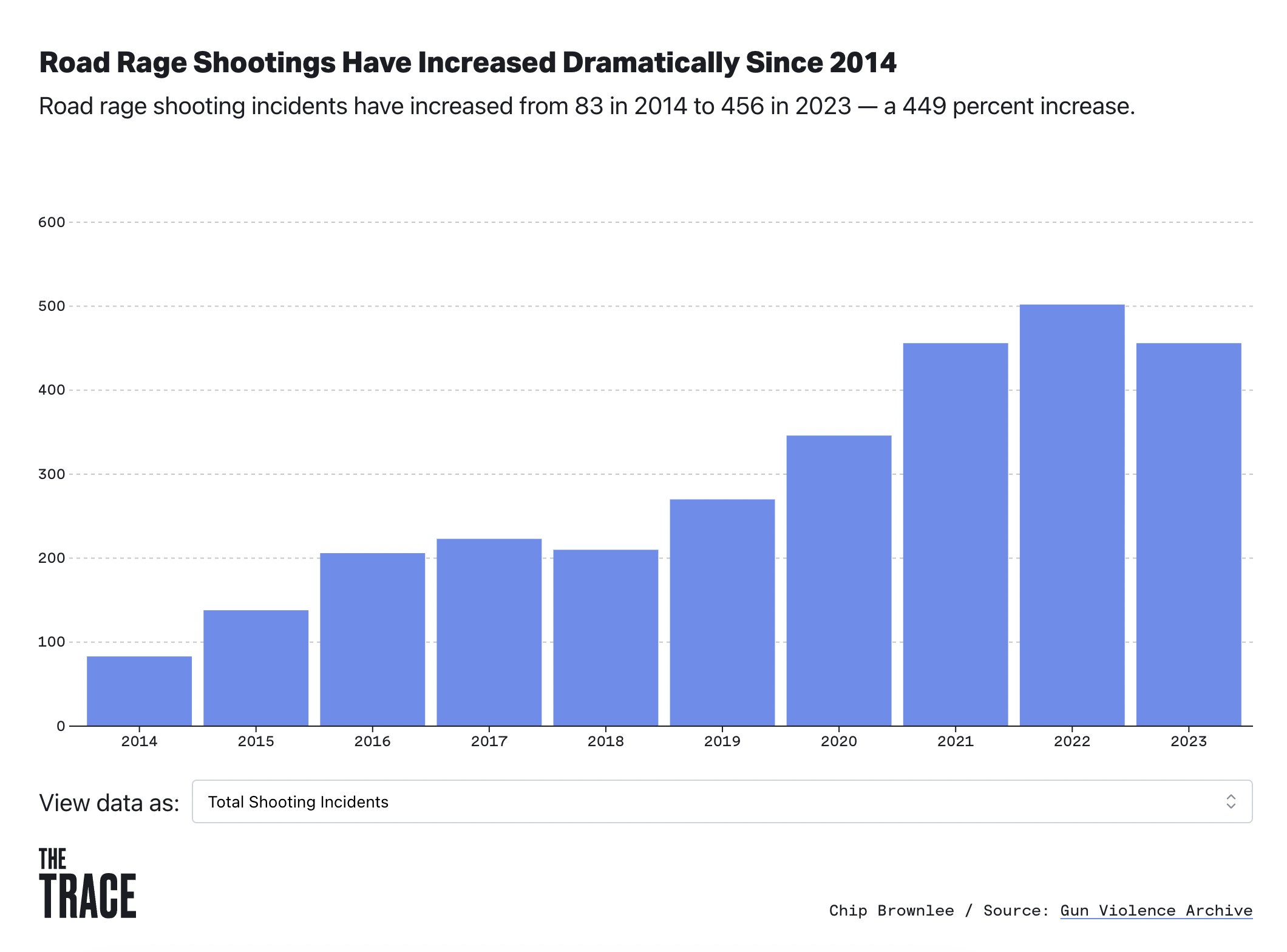
Photo courtesy of the Reynoldsburg Division Of Police.
Journalist Tanya Lewis wrote an insightful article on why opioid overdoses have fallen since their COVID-19 Pandemic peak. Although more than 100,000 people have died of overdoses every year since 2021 – mostly due to fentanyl – recent data from the CDC suggest that this brutal trend may have crested.
According to the article, overdose deaths have declined slightly overall since last fall, as have overdose deaths from opioids, including fentanyl. However, deaths over the last 12 months remain incredibly high, at more than 102,000, which is still well above prepandemic numbers. From 2017 to 2019, for example, it’s estimated that more than 68,000 people died every year from overdosing. These recent numbers are provisional and may represent an undercount, according to the CDC.
The reasons for the apparent peak in overdose deaths aren’t fully understood, but experts have a few hypotheses.
OVERDOSE DEATHS ARE REVERTING TO THEIR AVERAGE LEVEL FROM BEFORE THE COVID-19 PANDEMIC.
Overdose deaths spiked during the pandemic’s first few years. It’s not clear whether more people started using or whether people were simply dying at higher rates; exact counts aren’t available for the number of people who use illicit drugs such as fentanyl. Stress and social isolation increased during the pandemic, which may have led some people to start using or use more frequently or in riskier ways. Treatment for opioid use disorder was also disrupted, and if a person overdosed, it was less likely that someone would be there to intervene.
INVESTMENT IN TREATMENT AND INTERVENTIONS BRING POSITIVE EFFECTS.
Access to the overdose-reversing drug naloxone (often referred to by the brand name Narcan) has also increased. the drug is now available over the counter. Additionally, the availability of test strips for detecting fentanyl, as well as other types of drug testing equipment, Cerda says, may have also prevented overdose deaths by making it easier for people who use drugs to avoid fentanyl; the synthetic opioid is much stronger than other opioids and can lead to overdoses at much, much lower concentrations.
THE POPULATION OF PEOPLE WHO USED FENTANYL AND WERE AT RISK OF OVERDOSING HAVE SIMPLY DIED OFF.
The older generation of people who have opioid use disorder is dying. The younger generation sees how deadly the drugs are and may be less inclined to start using them, adds Jay Unick, an assistant professor at the University of Maryland School of Social Work.
REDUCED SUPPLY OF FENTANYL IN SOME PARTS OF THE U.S.
Most of the illicit fentanyl in the U.S. comes from Mexican cartels, which obtain its precursor chemicals from China and other countries. The U.S. Drug Enforcement Agency has been cracking down on a Mexican cartel called the Sinaloa cartel, which supplies fentanyl to much of the eastern U.S., and this could be leading to a shortage of the drugs.
The national trend belies important regional differences: while most eastern U.S. states saw declines in overdose deaths, many western states have seen increases. The timing of fentanyl’s introduction to these areas could explain the divide, experts say. The eastern half of the U.S.—from the Midwest to Appalachia—was first exposed to the drug around 2014, whereas it didn’t really emerge across the West Coast until 2019.
THE DEMOGRAPHICS HIT HARDEST BY THE U.S. OPIOID EPIDEMIC HAVE SHIFTED.
Fewer white people are now dying of overdoses, whereas Black and Indigenous people are dying at higher rates. The crisis has also been fueled by homelessness and high rates of mental illness, signs of the compounding effects of income inequality.
THE WEST COAST’S INCREASE IN OVERDOSE DEATHS IS LEADING SOEM STATES TO ADOPT TOUGHER STANCES ON VISIBLE DRUG USE.
In a landmark move in 2020 Oregon voted to decriminalize small amounts of certain drugs, including heroin, cocaine and methamphetamine. But in response to public pressure, the state recently rolled back that policy. It is unlikely that decriminalizing drugs in Oregon caused an increase in opioid overdoses. The increases were also seen in California, Washington and numerous other states that did not decriminalize them.
Please contact my office if you, a friend or family member are charged with a Drug Offense or any other crime. Hiring an effective and competent defense attorney is the first and best step toward justice.















